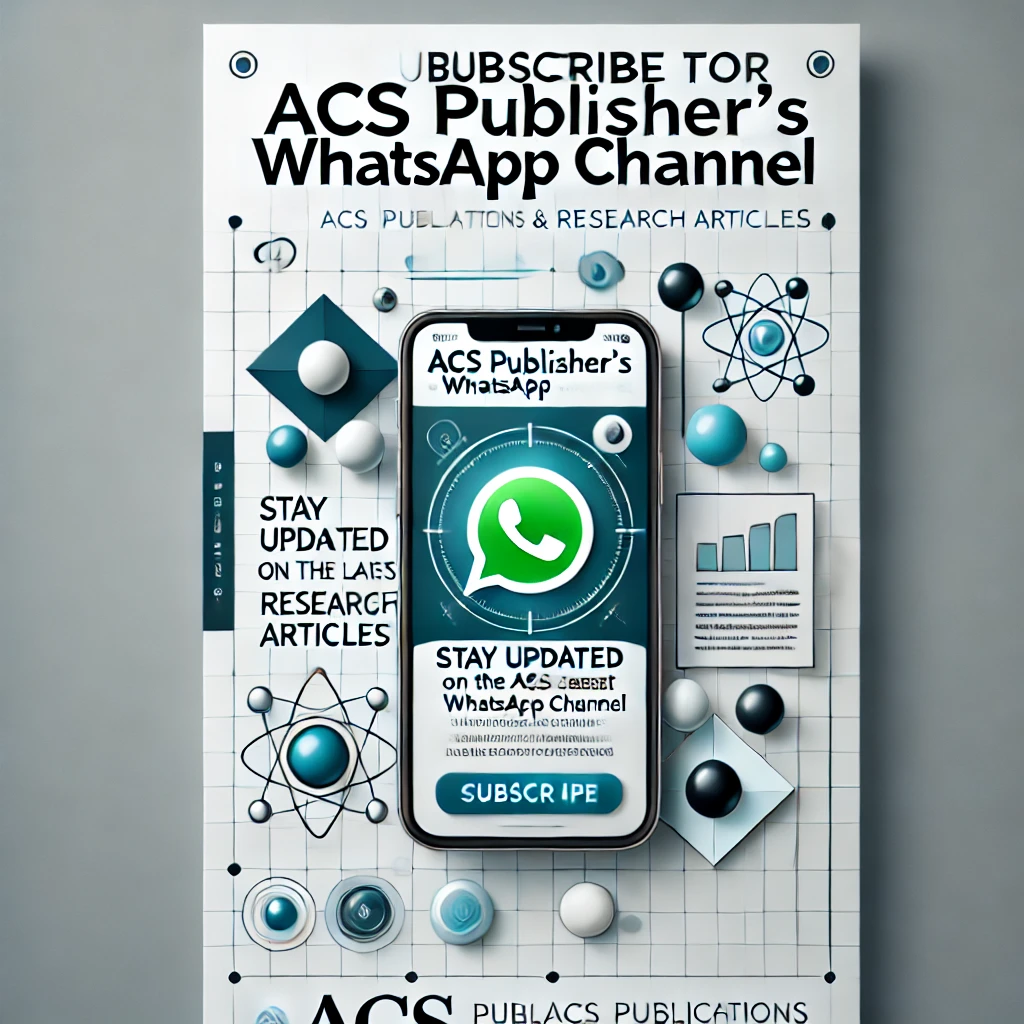Ecofriendly Control of the Pink Bollworm, Pectinophora gossypiella (Saunders) (Lepidoptera: Gelechiidae) by Using Chitosan and Spinosad
DOI:
https://doi.org/10.48165/Keywords:
Pectinophora, gossypiella, Chitosan, SpinosadAbstract
This study was conducted to assess the susceptibility of the 4th instar lar- vae of Pectinophora gossypiella to different concentrations (0.01, 0.05, 0.1, 0.5, 1, 5, and 10%) of chitosan and spinosad by the application of two treatment tactics on the control of 4th larval instar of P. gossypiella. Also, an investigation of the impact of sub-lethal dose LC50 on the re- productive potential of insects was determined. The mortality percent was 46.7%, when the larvae were fed on artificial medium mixed with chitosan powder, while was 73.3 % when the larvae were fed on artifi- cial medium mixed with chitosan dissolved in 2ml of glacial acid at the highest concentration of 10% after 6 days post-treatment. On the other hand, the first feeding tactic of spinosad induced 100% larval mortal- ity, while the second spraying tactic induced 66.7% larval mortality at the concentration level of 10% after 6 days post-treatment. There was a reduction in the fecundity, hatchability %, and the resulting adult percent where the adult emergence was 61.9 and 59.9 % at the dose level LC50 of chitosan and spinosad, respectively compared to 97.6 % for control. Also, the growth rate of both larvae and the pupae is decreased in spinosad and chitosan compared to the control. We conclude this sub-lethal dose LC50 of chitosan and spinosad is recommended for establishment in the control of P. gossypiella.
Downloads
Published
Issue
Section
License

This work is licensed under a Creative Commons Attribution-NonCommercial-NoDerivatives 4.0 International License.

